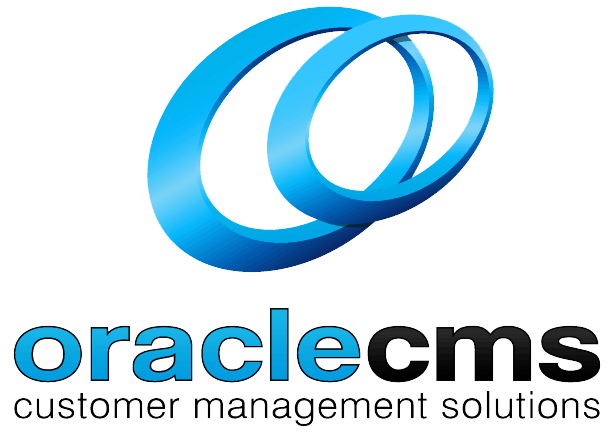What is (CES) Customer Effort Score?
Customer Effort Score (CES) is a metric used by businesses and customer service teams to measure the ease with which customers can resolve issues or complete tasks when interacting with a company’s products, services, or support channels. CES is designed to assess the overall convenience and simplicity of the customer experience.
How CES Works:
- Survey or Questionnaire: CES is typically collected through post-interaction surveys or questionnaires. After a customer interaction (e.g., support call, online chat, or purchase), customers are asked to rate the ease of their experience on a numeric scale.
- Numeric Scale: The most common CES scale ranges from 1 to 7, with 1 indicating “Very Difficult” and 7 indicating “Very Easy.” Customers choose a rating that best represents their perception of the effort required.
- Calculation: Once collected, the CES scores are averaged to determine the overall Customer Effort Score for a specific interaction or across multiple interactions.
Interpreting CES:
- Low Score (1-3): A low CES score indicates that customers found the experience difficult and frustrating. This may suggest that improvements are needed to streamline processes or enhance support.
- Moderate Score (4-6): A moderate CES score suggests that customers had a reasonably convenient experience but encountered some challenges. There may be opportunities to simplify processes.
- High Score (7): A high CES score indicates that customers found the experience exceptionally easy and hassle-free. This is a positive indicator of customer satisfaction and loyalty.
Applications of CES:
- Service Improvement: CES feedback can guide organizations in identifying pain points and areas where customer interactions can be made more effortless.
- Predictive Value: A lower CES score can be indicative of future dissatisfaction and potential churn, making it valuable for predicting customer loyalty.
- Benchmarking: CES scores can be used to benchmark performance against industry standards and competitors.
- Product Development: CES can inform product development by highlighting features or functions that customers find cumbersome.
Customer Effort Score is a valuable tool for assessing and improving the customer experience, with a focus on reducing friction and making it easier for customers to achieve their goals.
Customer Effort Score Question Examples:
- CES questions should be designed to gauge the level of effort customers perceive when interacting with your company. Here are some examples of CES questions:
- “On a scale of 1 to 7, how easy was it to resolve your issue today?”
- “How much effort did you have to put in to complete your recent purchase with us?”
- “Did you find it effortless to navigate our website and find the information you needed?”
- “How challenging was it to contact our customer support team and get your query resolved?”
- “Was it easy to understand the instructions provided in our user manual?”
- These questions use a Likert scale or similar rating system to measure customer effort. The specific scale (e.g., 1 to 7) can be customized to fit your organization’s needs.
CES Example Statements:
- CES statements are typically declarative statements that customers can agree or disagree with to indicate their perceived effort. Examples of CES statements include:
- “I found it easy to accomplish my goal.”
- “It took minimal effort to get the assistance I needed.”
- “I encountered unnecessary obstacles during my interaction.”
- “Navigating our platform was straightforward.”
- Customers can respond by selecting options like “Strongly Agree,” “Agree,” “Neutral,” “Disagree,” or “Strongly Disagree.”
Types of Customer Effort Score Surveys:
- CES surveys can be conducted using various scales or response formats, depending on your preferences and the nature of your interactions. Here are the types:
- CES Score using the Likert Scale: This is the most common type, where customers rate their effort on a scale (e.g., 1 to 7).
- CES Score using the 1 to 10 Scale: Similar to the Likert scale, but with a different numeric range.
- CES Score using the 1 to 5 Scale: A simpler version with a smaller range.
- CES Score using Emoticons/Emojis: Customers choose emoticons or emojis that represent their effort level, such as 😊 for easy or 😠 for difficult.
When should you conduct a Customer Effort Score Survey?
CES surveys are typically conducted after specific customer interactions, such as support calls, website visits, or product purchases. They can also be conducted periodically to assess overall customer experience. The timing depends on your objectives and the touchpoints you want to measure.
What is a good customer effort score?
The interpretation of a “good” CES score can vary by industry and organization. Generally, a lower score indicates higher customer effort (which is less desirable), while a higher score suggests lower customer effort (more desirable). The specific threshold for what’s considered “good” depends on industry benchmarks and your company’s goals. It’s essential to track trends and improvements over time rather than focusing solely on a single numeric value.
How do you improve your Customer Effort Score?
Improving CES involves simplifying processes, enhancing customer support, and reducing friction in customer journeys. Strategies may include:
- Streamlining website navigation and self-service options.
- Providing clear and concise instructions and documentation.
- Training and empowering support agents to resolve issues efficiently.
- Continuously gathering customer feedback and acting on it to address pain points.

